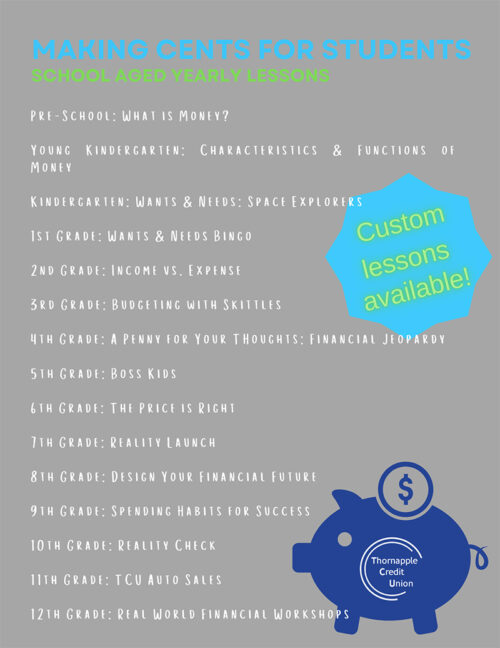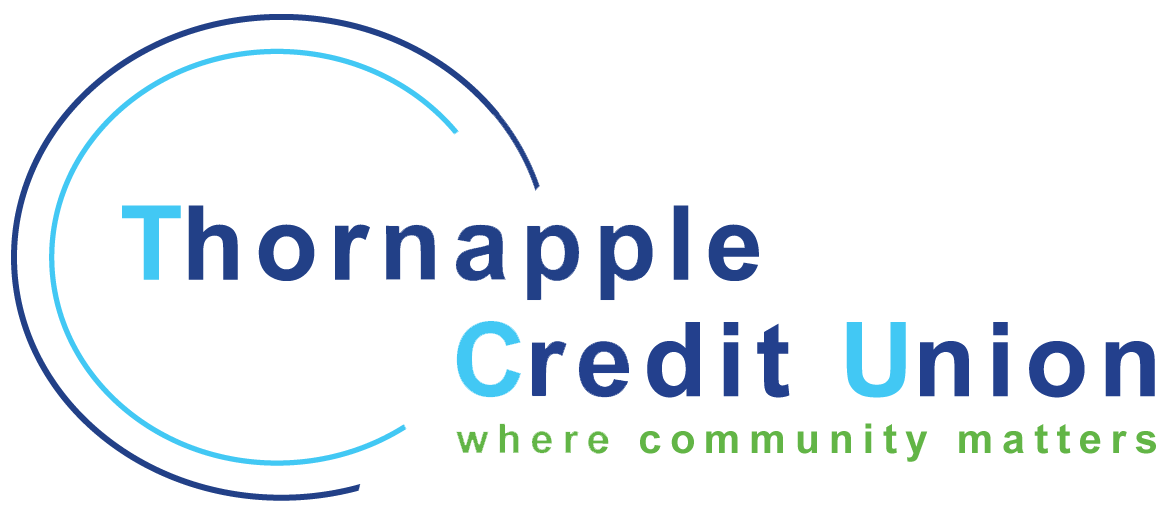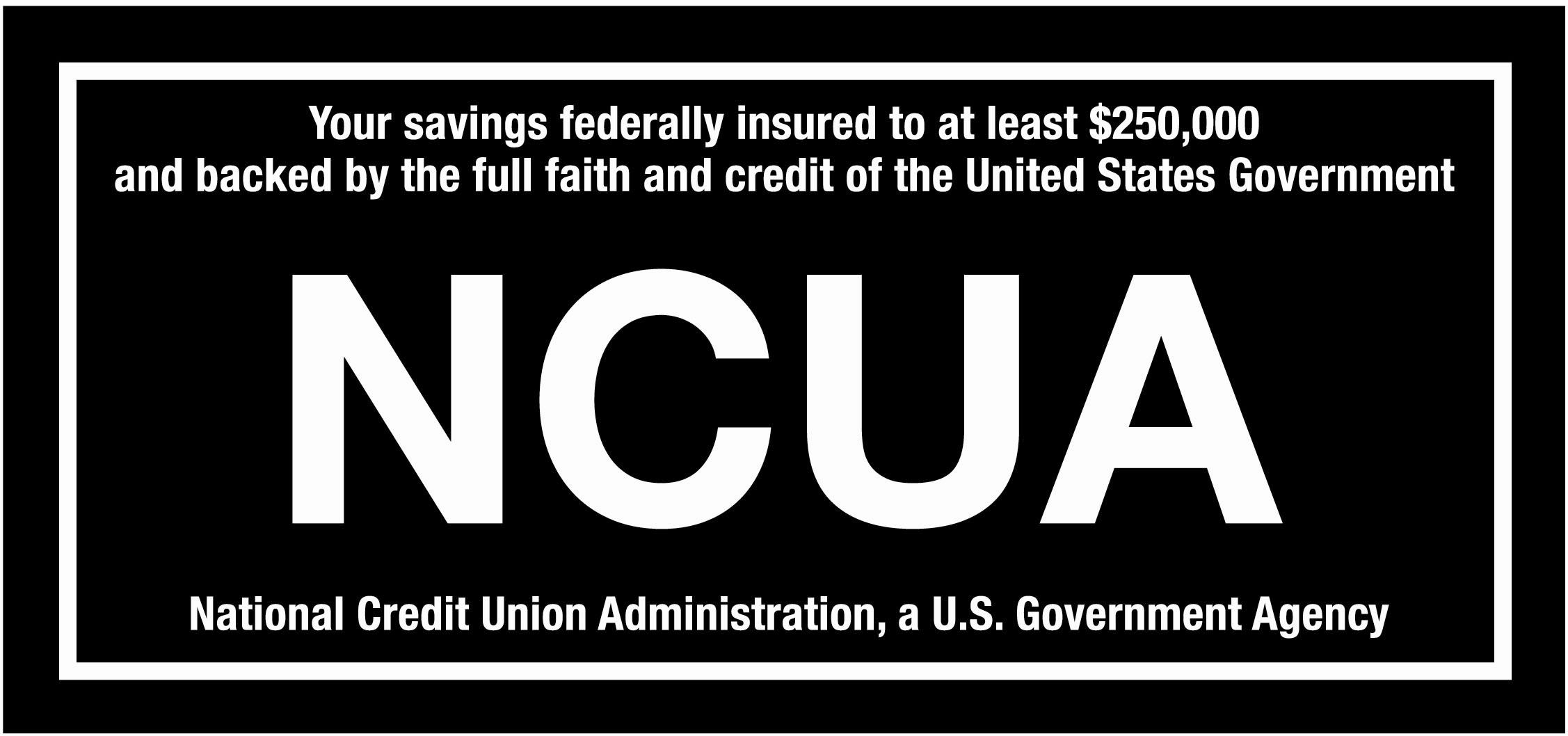
Thornapple Credit Union is a member-owned, not-for-profit cooperative financial institution.
T (269) 948 - 8369
Email: contact@thornapplecu.com
Thornapple Credit Union
202 E. Woodlawn, Hastings, MI. 49058
FINANCIAL EDUCATION




